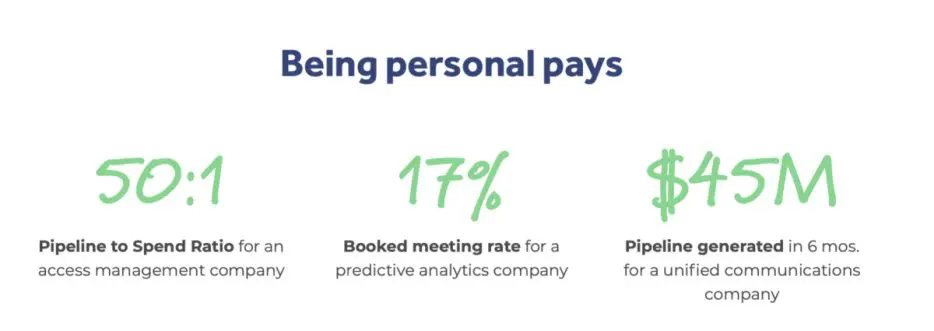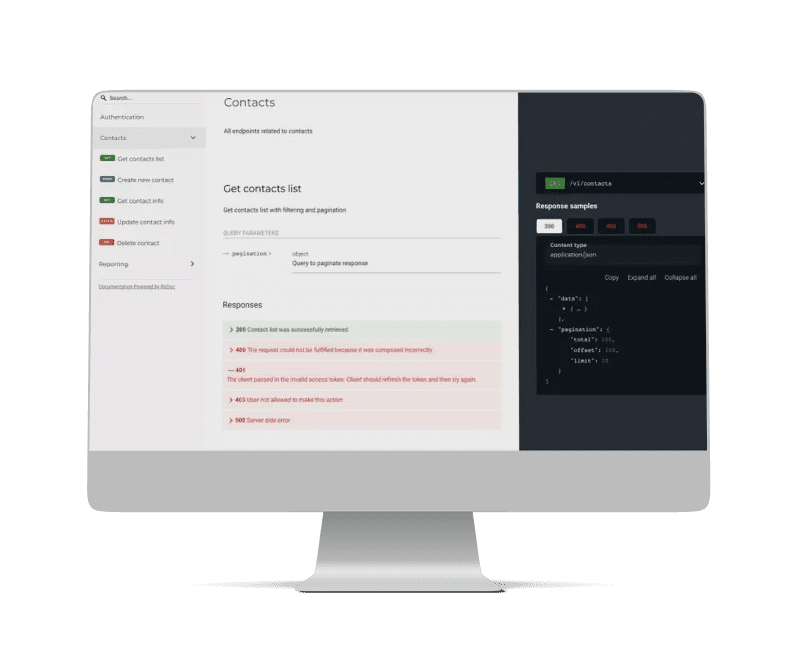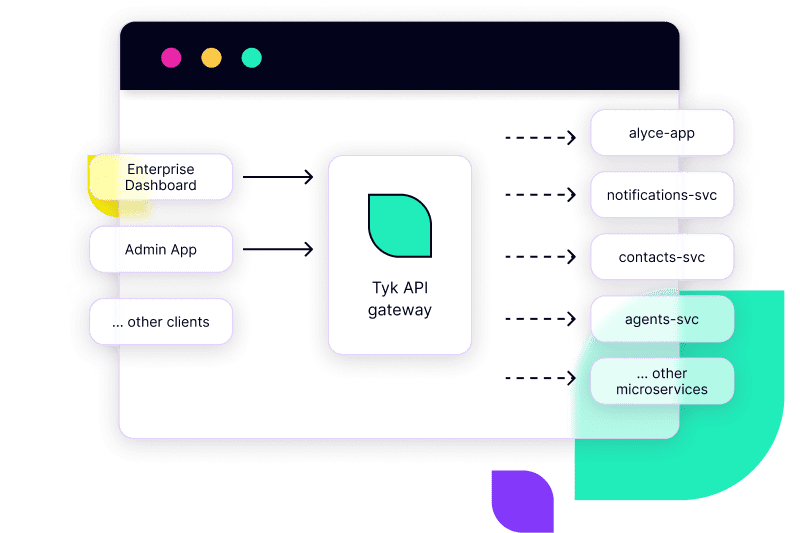Who is Alyce?
Alyce is a specialist in B2B personal gifting. The company has created the world’s first personal experience platform and is redefining the way companies work with direct mail and swag.
Alyce helps sales and marketing teams create personal bonds with their prospects, customers, and partners through corporate one-to-one gifts. Its innovative personal gifting platform allows its customers to transform those bland one-to-many touchpoints into one-to-one moments, delivering customized, personalized and measurable B2B gifting.
The Alyce team comprises more than 170 people, based across seven countries.
Alyce’s AI automates personal research and recommends personal gifts for each prospect. These are designed to appeal to their life outside the office, aka their #5to9 interests. Knowing what makes prospects tick can also make them act, enabling Alyce’s customers to increase the number of meetings and calls booked. Mission accomplished.
Why API management?
In 2019, the Alyce team decided to migrate from monolith to microservices and a language-agnostic architecture. The company had previously used external ingress hosts to call different APIs directly.
The team made the strategic decision to use the OpenAPI Spec, starting from the most recent version, v3 (to avoid developing any legacy by adopting an earlier version of the OAS).
They wanted to have a consistent entry point for all of their API endpoints, which includes internal applications, back-office applications and external customers.
Why did Alyce select Tyk?
From the outset, the Alyce team wanted to select a fully open source API gateway. They created a shortlist and subsequently made an investigation of several API gateways including Gloo, Kong, KrakenD, Traefik and Tyk. Several of these were subsequently ruled out as they did not fully support the OpenAPI Spec.
On a more technical level, the Alyce team also needed to validate Requests & Responses with JWT-auth. All of these needs were satisfied out of the box by the Tyk API Gateway.
Alyce team members were also impressed by their interactions with the team at Tyk. It was clear to them that “Tyk understands engineers”, according to Platform Architect Sergey Goppikov.
How is Alyce using Tyk?
Alyce has been using the Tyk gateway in production since the middle of 2020. Instances have been deployed to GCP in USA Central and Europe West (at present, there are no cross-regional requests).
The Alyce team has also developed its own Helm charts to deploy with Kubernetes on a rolling update of new containers across multiple environments and namespaces.
For analytics, Alyce uses the Logstash integration on Tyk Pump to send API analytics to Datadog.
Alyce is also taking advantage of Blocklists for URLs to generate a schema based on the particular API, thus allowing the team to authenticate requests in-process.
Backend Engineer Vasiliy Toporov confirmed that “every new service now begins with Open API Spec. So it’s all API first.”
What benefits is Alyce enjoying as a result of using Tyk?
Having a consistent entry point that follows the OAS v3 enabled Alyce’s whole global team to have access and meant they could continue to adopt different tech stacks in PHP, Golang and Python.
Tyk helped Alyce put all the APIs together in a simple way and implement JWT-based authentication at the API gateway level. This reduced the complexity and reduced the latency of the entire infrastructure.
Looking to the future
Alyce plans to open up more APIs for customers to interact with, including a customer API portal and, potentially, a documentation generation portal. This portal would include clear demos with user stories and be embedded into the main Alyce website. All of this aims to improve the onboarding experience for new Alyce customers.
Another feature the team is planning for is config generation directly from the OpenAPI v3 schema. They are achieving this currently using a custom tool developed in-house, but plan to use Tyk to do this natively with the upcoming release.
“We will no doubt continue to use Tyk – in the future we are waiting for native OSS v3 integration and also plan to implement request validation on the gateway layer,” concludes Alyce’s Vasiliy Toporov.


